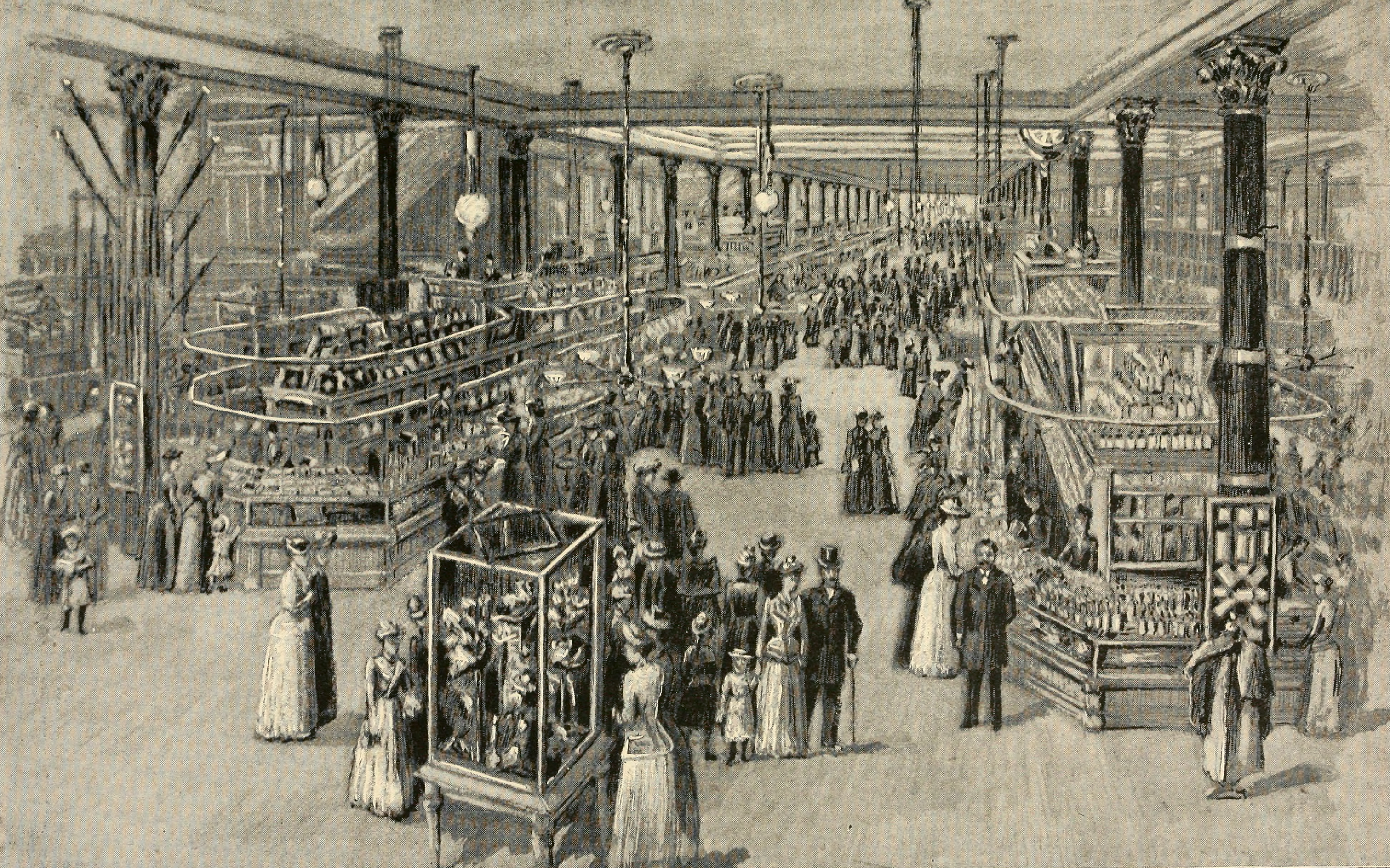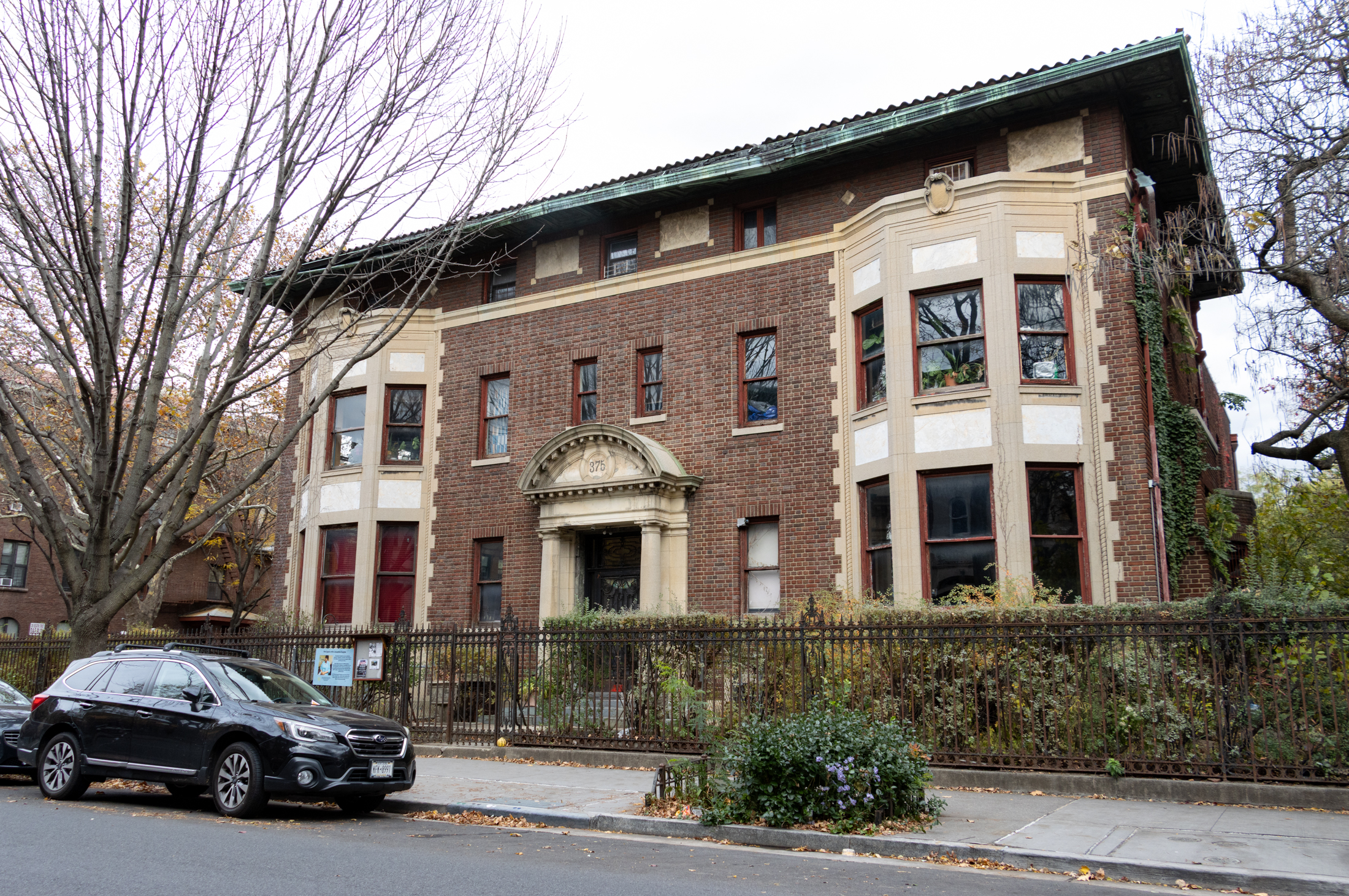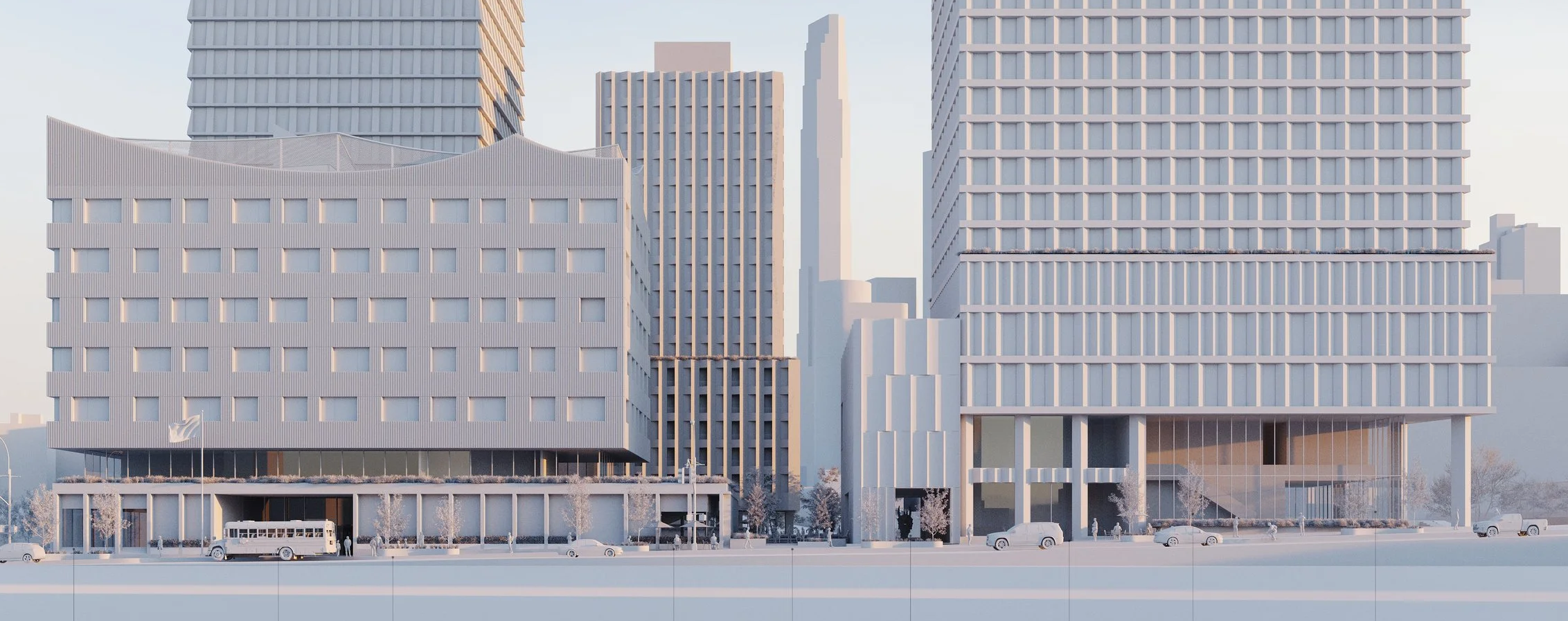Last Rites for The Spalding Building
From Atlantic Yards Report comes the sad news that the Spalding Building at 24 6th Avenue is being prepped to meet its maker. Another clear example of an architectural eyesore that needed to be purged from the blighted neighborhood. Not. Ratner purchased the building for $2,200,000 in August 2009. As far as we can figure…


From Atlantic Yards Report comes the sad news that the Spalding Building at 24 6th Avenue is being prepped to meet its maker. Another clear example of an architectural eyesore that needed to be purged from the blighted neighborhood. Not. Ratner purchased the building for $2,200,000 in August 2009. As far as we can figure out, there’s still that last-minute lawsuit out there involving the building’s air rights too.
The Spalding Building Is Prepared For Its Fate [AYR] GMAP
Photo by Raul Rothblatt





BTW – the Yankees now own the new Stadium
tybur6 – how much is a family circle at the Avery Fisher Hall – I can get into Yankee Stadium to see a game for $5.
So again 9-3-6 IF the Arena was built and owned by NYC/NYS and then leased to a private operator then its ok to use ED????
Or is it the meaningless non-profit status that matters to you? Do you not recall the Wynton Marchalles was making over 800K as the create director at Jazz@ Lincoln center? The manager of the Met Opera House is making over 1.5 a year …..just cause its “non-profit” doesnt mean no one is profiting.
Face it, you have no real intellectual basis to distinguish between the Arena at AY from dozens of other venues that are readily acknowledged to provide public benefit. Does the music at Lincoln Center or Carnigie Hall or BAM to name a few(which rather than receiving tax subsidies, receives DIRECT public monies) really deserve public support more than a concert at AY or MSG – and either way, do you really believe that such a distinction would legally block ED in one case and not another?? – of course you dont – you just hate AY and you are trying to find solid moral ground to oppose it while not sounding like a hypocrite related to many other projects which do not offend your sensibility – unfortunately for you, such ground can not be found.
Totally agree re subsidies, tybur.
fsrg – I don’t know much about Carnegie Hall’s history or really what you’re asking here, but I do know it also receives public funding and serves a public benefit. If it was constructed by a private company using eminent domain, I wish they’d found a different way. Just because we love a building now doesn’t mean we have to love everything about how it got to be there and repeat past injustices, if there were any involved. This seems like a pretty simple principle to me: taking property for the public good = sometimes ok. Taking property for someone else’s profit = generally not ok.
ninethreesix — I see sporting venues on equal footing with arts venues for the “public good” (though I prefer the art venues). But you are very right. Are the arenas and stadiums still serving the public if a bleacher seat is $44 and the better seats are the equivalent to a car payment.
It’s all the subsidies that are a problem for me.
Yes, there is a public benefit for Yankees Stadium, BAM, Lincoln Center, Blakity Blank Historical Society, etc. BUT, it’s one thing to help pave the way to ‘clearing land’ it’s another to cost the city and state MILLIONS of dollars with tax breaks. The poorest in the city are being screwed TWICE. They are not seeing any of the lost tax revenue in their public programs (for example — education and nutrition) AND they will never be able to afford to see a game inside! At least not without making a hug sacrifice… we’ll eat only ramen noodles for a month or two so I can bring Junior to a game.
Why is it that the Yankees couldn’t swing building their own stadium again?
9-6 How about Carnegie Hall???
fsrg – I suppose I do, and that’s a perfect example of the important distinctions here. Lincoln Center, while largely privately funded by the Rockefellers, receives taxpayer support as well as private donations and is run by a non-profit for the public benefit (the city’s cultural vitality and so on). AY is a private, for-profit enterprise. I’m sure there are also arguments to made over the importance of the arts to the public as opposed to basketball, but I’ll leave that to others. The key distinction is whether the goal of the project is to serve the public, or make a profit for a private company.